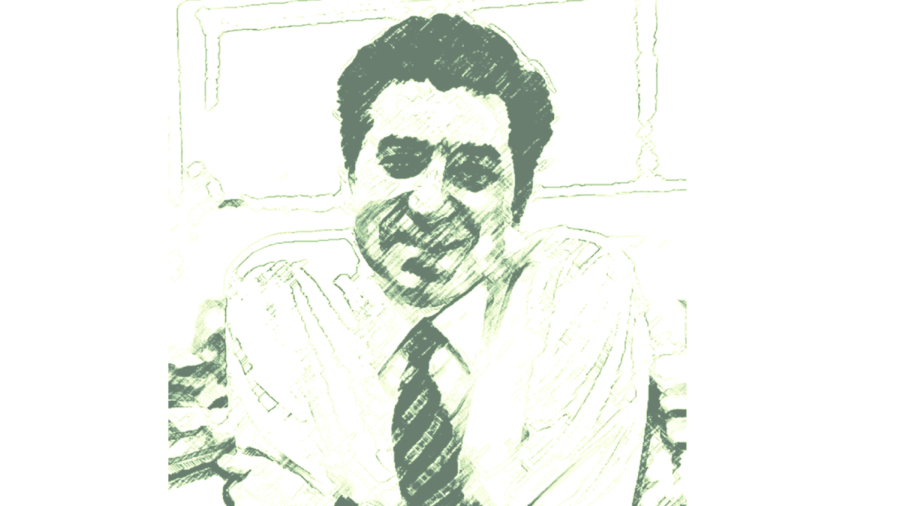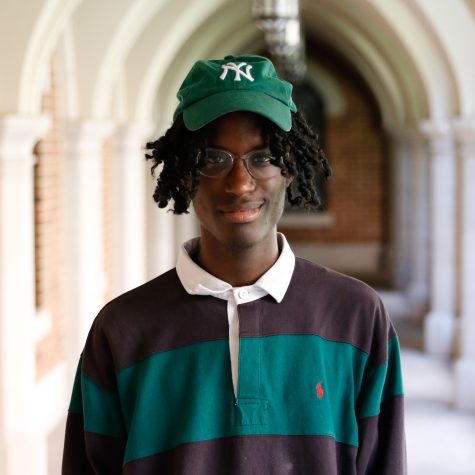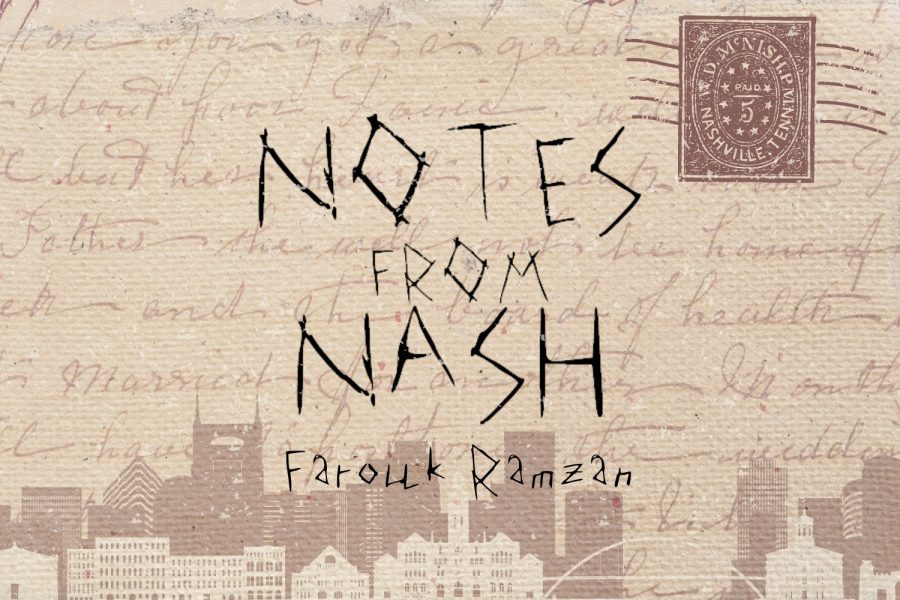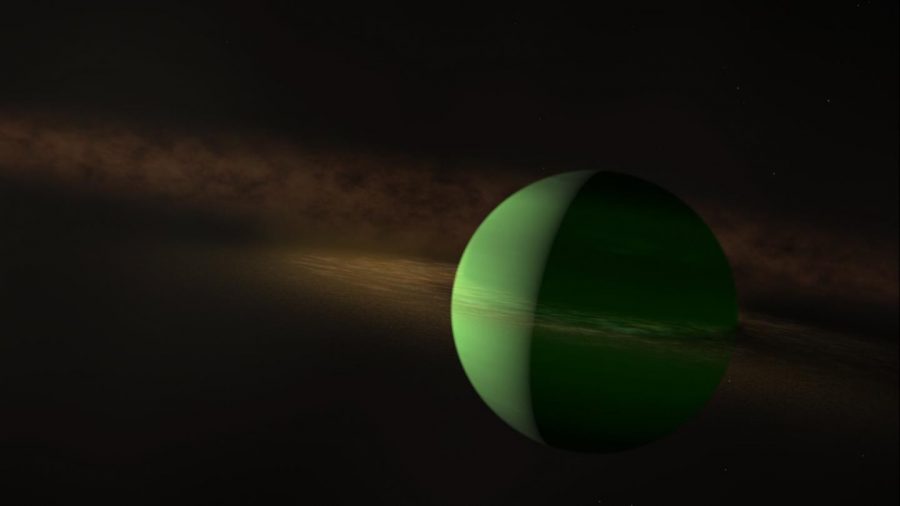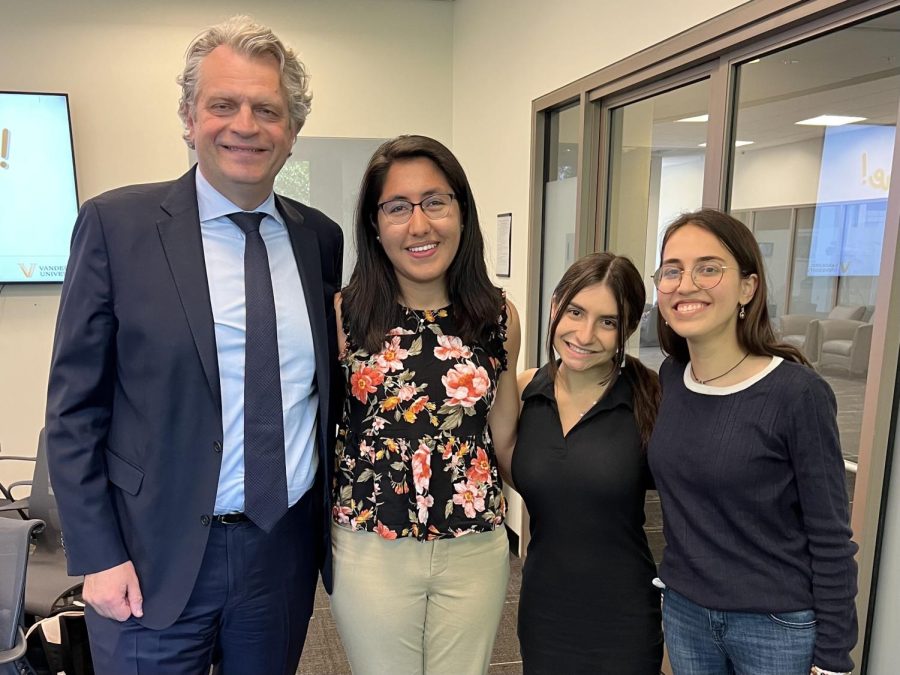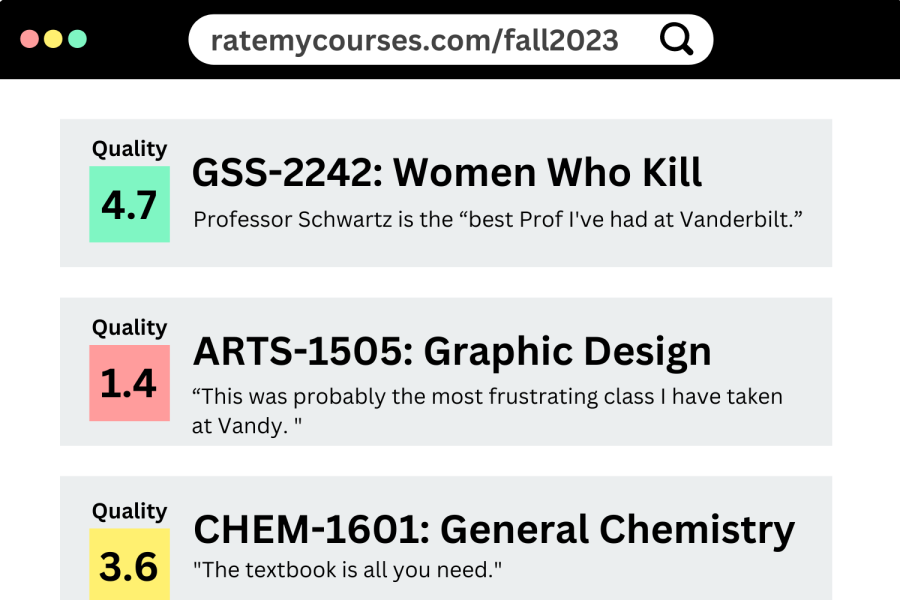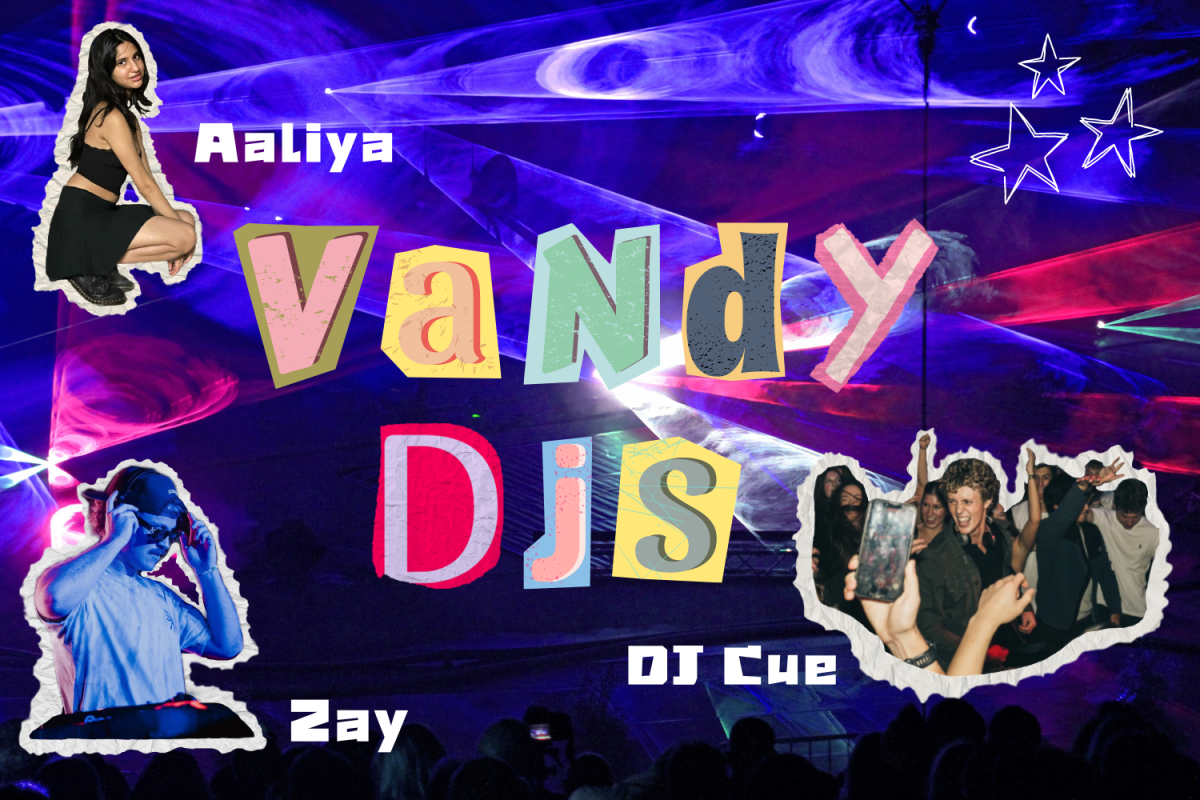Last October, Vanderbilt professor Keivan Stassun opened a lecture on black holes by playing Soundgarden’s “Black Hole Sun” at ear-splitting volume. A number of dynamics proved consistent across both the song and the course material. Both Soundgarden and black holes are proven curiosity traps: The same way curiosity about astronomical vacuums might lead to long nights in Stevenson Library, curiosity about obscure alt-rock bands might lead to long nights on rateyourmusic.com. And, to actually satisfy said curiosity, learners must first endure the difficult process of extracting meaning from complexity — whether that complexity be jargon-filled physics literature or minutes-long multi-guitar solos.
Stassun, a die-hard rock listener who has been teaching physics and astronomy at Vanderbilt since 2003, often opens his lectures with musical selections that he hopes will spark the complexity-to-meaning pipeline. The songs range from desperate-sounding shred rock masterpieces to utopian 80s glitz-pop to unsettling heavy metal ballads. As jarring as it all may be, the tunes are undeniably effective — just enough so that non-STEM majors seeking to fulfill AXLE requirements may consider looking up from their phones. In the grand scheme of things though, Stassun’s practice also implores students to look beyond Earth’s limits — and society’s limits, too. In a 2018 press release about him winning the AAAS (American Association for the Advancement of Science) Mentorship Award, Vanderbilt physics and astronomy department chair Shane Hutson, who nominated him for the prize, recounted some of the ways how.
“His research efforts in astronomy have been tremendously successful, and he has made his impact even larger through his passion for increasing the participation in physics and astronomy of underrepresented minorities,” Hutson wrote. “He has never lost that personal touch, and that means a great deal to his mentees.”
When I spoke to Stassun over Zoom one recent Friday afternoon, two major events — one perhaps a bit happier than the other — had already gotten his spring semester off to an unusual start. He’d just been named to the National Science Board by President Biden and his longtime Stevenson lecture hall of choice had fallen victim to a water pipe burst. In true Stassun fashion, his concerns were few: “I just hope the new room is large enough,” he said, smiling.
Below, please enjoy a brief conversation with Professor Stassun about utopic discoveries, creative science and the future of planet Earth.
The Side Hustle: Do you feel that you have to listen to music to do your research?
Keivan Stassun: It’s interesting, actually. Usually, I’m only listening to music when I’m not trying to do anything else. So if I’m on a long plane ride, maybe.
Were you always more into rock, or does rock music just happen to fall more naturally into astronomy-related subject matter?
I grew up very much with 80s pop, and what was called “New Wave.” That’s sort of the beginning of EDM. Of course, I do listen to and enjoy new music as it comes out. But I think it’s true for most people that the music you grew up with always has a special place in your heart. Some mix of 80s heavy metal, 80s alternative pop… so not like Madonna, but more like New Order. Or early EDM. We weren’t calling it EDM then, but that’s really what it was: thumpy, synth-based dance music.
What does the term “alternative” mean to you?
When I was growing up in the 80s, there was pop as in Top 40 pop, which is lots of Madonna. Don’t get me wrong — I like some Madonna, too. But then there was what people started calling “alternative” pop. New Wave. I don’t think it necessarily had to be guitar-based, like rock. I think it was less bubblegum and more emo. Maybe that’s the term that people would agree with. Like the Smiths. Brooding pop.
What does your research look like?
I’m sitting at a computer, generally speaking. I’m analyzing some data or writing a scientific article about something. But especially when I’m analyzing data, and I’m looking for a pattern or a signal, I think I’m using a creative side of the brain. Very often, people think of science as the rational side of the brain — and obviously, it involves that. But doing research and discovering something is a very creative activity. When I’m actually doing data analysis or searching for signals or patterns, there’s this conversation happening inside my own head. I’m thinking out loud in my brain. I’m visualizing the patterns I’m looking for. It’s sort of audio and visual.
Is the creative side of science something you’ve always recognized?
I think it’s always been that way. But I don’t think I really realized or articulated it that way for myself until I was well into my career.
Both processes require you to search for something that isn’t exactly tangible — is the optimism ever hard to come by?
I describe science as a slog that has fantastic — but very infrequent — payoff. It’s like someone trying to write a song. You don’t just sit there and wait for inspiration, right? You work at it. Maybe sometimes you even flog yourself for not getting it. All of your frustrations are directed back at yourself. But when you get it, nothing compares.
Can you tell me about a memorable time you’ve gone through that process?
I was working with a couple of students, one of whom was on the autism spectrum. One of the things that he did with my research group was he created this software tool that gave us this really interesting way of visualizing data. These are data that were collected by a space telescope. What we were looking for was the signals of planets around stars. But using his tool, we ended up kind of stumbling across a way of visualizing the data that was extremely striking and surprising.
At first, we didn’t know what it signified or what it meant. And eventually, we realized what we discovered, which ended up being a pretty big deal discovery that we published in the top scientific journal in the world. It turned out to be the discovery that we can measure the sizes and ages of stars based on how vigorously their light flickers. It was like we went into the songwriting process thinking we were going to write a rap song, and what we wrote turned out to be the best country song ever. We were going into analyzing those data looking for one thing and found something that was not at all what we expected and groundbreaking.
What are you working on with your team of researchers right now?
About 10 years ago, we were involved in launching a space telescope called “TESS,” the Transiting Exoplanet Survey Satellite. The purpose of that telescope was to discover as many other worlds or planets orbiting other stars as we could. That was very successful. We discovered thousands of other solar systems. And so now, with the next project, we’re using the recently launched James Webb Space Telescope to look at some of those planets that we discovered, and using the power of the telescope to analyze the chemical signatures of the atmospheres. We recently had a discovery where we showed that the atmosphere of one of these other worlds has water vapor, carbon dioxide — compounds that are very familiar to us. That’s what we’re working on now. We’re trying to do that kind of atmospheric composition analysis for as many different kinds of other planets as we can.
Is the purpose of astronomy really just to find another planet to inhabit? Or is it deeper than that?
The day will come when the Earth is literally swallowed up by our Sun when it becomes a red giant. Again, not for a long, long time. But it is a certainty, right? If you just say logically — never mind how much time is involved — it is a certainty that one day, the Earth will be obliterated. So what are we going to do? I think we should figure out where we’re gonna go — and that’s a goal of astronomy.
I came into your class as an English major trying to fulfill a requirement, which ended up being a very fun box to check. What would you say to someone in similar shoes who comes into your class, is probably intimidated by astronomy and is only more terrified when they walk in and “Enter Sandman” is playing?
I would say that astronomy, like any science, has two sides. There’s a quantitative, mathematical part, which is probably the part that non-science folks find intimidating. But then there’s the conceptual, big-ideas part. And one of the things I love about teaching introductory astronomy is that, yes, we have to do some of the quantitative math part, but we can kind of step away from that a little bit. Most of what we focus on is the conceptual, big idea stuff. And astronomy is as big as ideas get.

